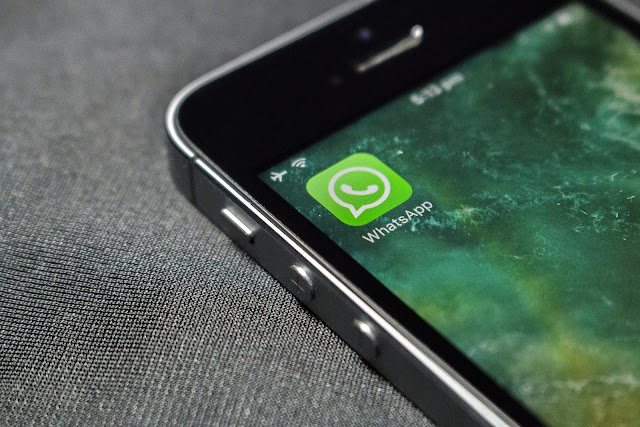With the dawn of economic liberalisation, Essar was one of the handful of entrepreneurs who strived to make India self-sufficient in core sectors like crude, shipping, electricity generation, marine infrastructure and technology. Post liberalisation, Essar started building fully integrated global scale industrial assets in core sectors with a commitment of Make in India and Make for India. Vadinar Port along with Oil Terminal and Captive Power Plant is truly India’s pride. To establish swift trade of crude oil between India and the Middle East, Essar establishes Vadinar Port and state of art indigenous Vadinar Oil Refinery in the Gulf of Kutch. Essar’s state of art assets has been acquired by Russian – Dutch based company consortium with an asset development strategy.
The Essar Group has concluded the sale of Essar Oil to Russia based Rosneft along with the consortium of Trafigura and United Capital Partners (UCP). Transaction of Essar Oil deal is valued at whopping $12.9 billion. The transaction of this deal was initiated in the presence of PM Narendra Modi and Russian President Vladimir Putin at BRICS summit in Goa last year. Essar Oil Deal is Russia’s single largest investment made anywhere in the world. This transaction is also the single largest foreign investment in India and re-establishes the country’s image as an attractive destination for foreign investments.
Rosneft (through its subsidiary, Petrol Complex Pte. Ltd.) has acquired 49.13% stake, and Trafigura – UCP consortium (through Kesani Enterprises Company Ltd.) has acquired an equal stake. The remaining 1.74% stake continues to be held by retail investors. The deal gains access to Russia based Rosneft, UCP and Netherland’s Trafigura to do business in the vibrant Indian markets through world class assets and massive retail chain network. Looking at the size and complexity of the transaction, it can be said that the deal has been concluded in record time.
“I congratulate Essar on the conclusion of the US $12.9 billion Essar Oil deal. An asset, which was truly Made in India, has attracted investment interest from world class entities, demonstrating the spirit of dynamic entrepreneurship in India. I welcome, Rosneft, Trafigura and UCP to participate in the India growth story and wish them success.” – Dharmendra Pradhan, Minister of State, Petroleum & Natural Gas, Government of India.
Essar Oil deal includes Gujarat’s Vadinar Refinery, which is one of the largest state of the art refinery in the world. Vadinar Refinery has the capacity to clean crude of 20 Million Metric Tonne per Annum (MTPA). The transaction also includes Vadinar Oil Terminal [58 MTPA], Captive Vadinar Power Plant [1010 MTPA] and 3,600 retail outlets across India.
With this deal, Essar has successfully completed the monetisation and deleveraging program. It is to be noted that in recent years, no other Indian company has undertaken to deleverage at such mammoth scale. The transaction has substantially deleveraged Essar Oil Limited’s balance sheet by reducing the debt of over Rs. 70,000 crores (US $11 billion). With the completion of this deal, Essar Group is committed to growing in wider portfolio of businesses.
Essar Oil will continue to hold its strategic asset of Stanlow Refinery in the United Kingdom. Stanlow Refinery produces over 16% of UK’s transport fuels, serving north west of UK. The state of art refinery clocked its regional best crude run adding to $187 million net profit in FY 2016. Essar Group has also invested Rs. 4,000 crores in coal based methane project in Durgapur, West Bengal. It plans to increase production to 2 million cubic tonnes by 2018. Post transaction, Essar Group revenues are estimated to be $15 billion. Essar is poised for growth with assets ready to cater to growing demand and a positive economic outlook in the steel, power, port and shipping sectors.
Russia’s VTB Capital acted as an investment banking partner on the deal. VTB Capital guided Essar Energy on the financial and legal front for the sale of world-class assets to a strong consortium of investors.
- Chaitanya Kulkarni







